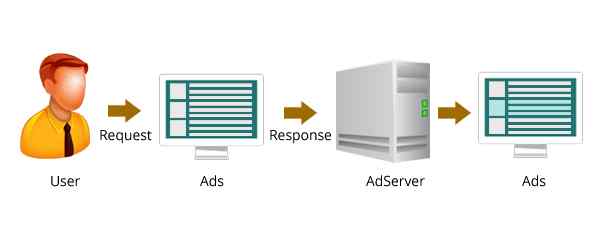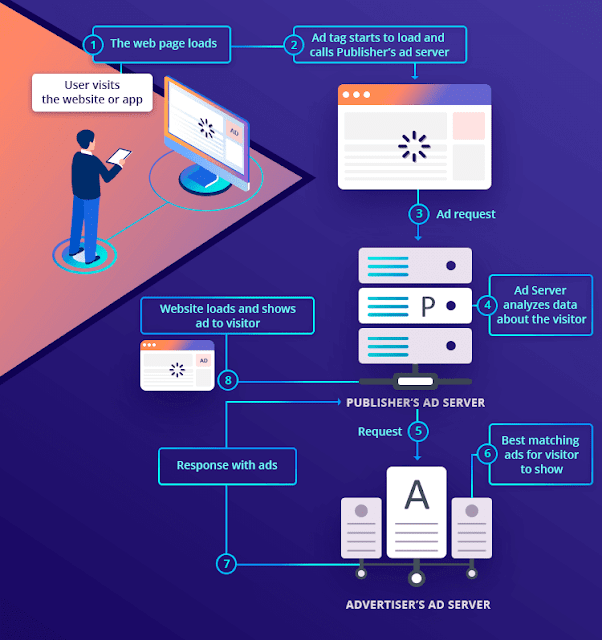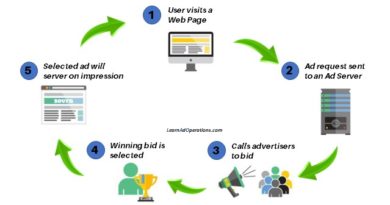What is an Ad Server?
Ad server is a web server that stores the online ads and deliver it on the various ad slots on the linked websites, social media platforms, and mobile apps. An ad server is just the technology in which the advertising banners are stored and is the means of delivering those ads on the targeted ad slots.

Ad serving companies provide the software to the publishers or the website owners to link their websites and serve the ads as per their requirements, track the performance of the ad serving through ad server, choose relevant ads that maximizes the publisher’s revenue and monitor the multiple ad campaigns using one single platform. Ad servers are also supports the advertisers to track the click/impressions in order to generate the performance report, which helps to define the return on investment (ROI) from the ad serving on a particular web page.
History of an Ad Server:
The ad servers set up in 1995 during the online advertising industry was in its beginning stage and were used to help the publishers to manage the online advertising activities and ad delivery.
During that time, there were a few options to target the ads to the respective users. The advertisers target ads based on the limited header information captured from the user’s browser and received through ad requests to serve the ads, such as;
- The language set on the user’s browser/computer
- The URL of the web page where that needs to be served on
- Type of browser and its version
- The computer’s operating system that user is using
Questionably, the first ad server was set up by FocaLink Media Services, a company founded by Dave Zinman, Andrew Conru, and Jason Strober. The ad servers have come a long way and consistently evolving along with the advertising ecosystem to meet the growing demands of both the advertisers and publishers.
Here is the process flow on how ad server works once the users requested the ad through the website that they are browsing.

Types of Ad Servers:
There are two types of ad servers that we see in the market, which are publisher side (sell side) and advertiser side (buy side) ad servers. While the similar technology is involved in both the advertisers, but the use cases are very different from each other.
| Publisher Side Ad Server | Advertiser Side Ad Server | |
| Purpose | Serve and manage the ads appearing on the linked websites | Easy creative management and tracking the ads as they appear on the publisher’s website/apps |
| Used By | Sales team, Ad Operations, and end users if it’s self-serve platform | Advertisers, marketers, promoters |
| Value | Helps monetize the properties, allows publishers to manage the ads and their ad inventory | Improves ad spends through real time creative optimization, easy to rotate the creatives, and provides independent tracking metrics |
Here’s an article to understand What is Ad Operations and a team which manages the Ad server operations on behalf of publishers and advertisers.
Conclusion: Ad servers are the key requirements to manage the advertising activities from both the advertiser and publishers. It helps the publishers to maximize their revenue by serving the high paid ads and helps advertisers to effectively manage their ad spends along with reach the desired audience effectively.




